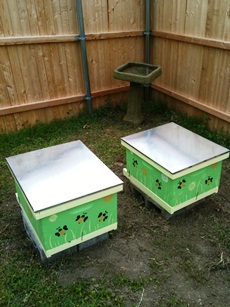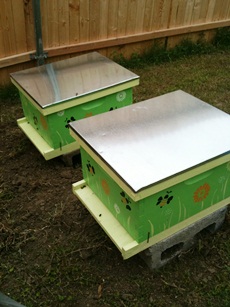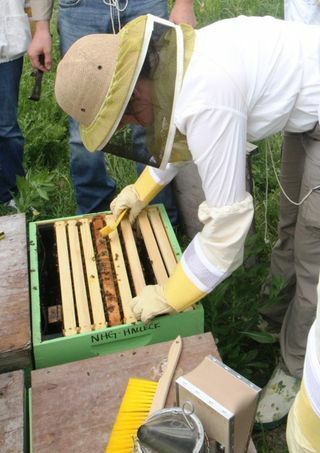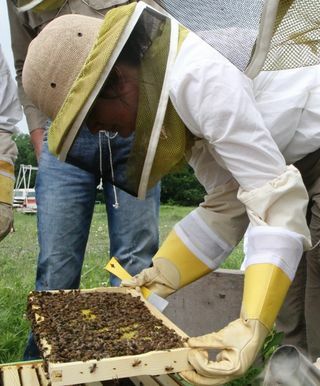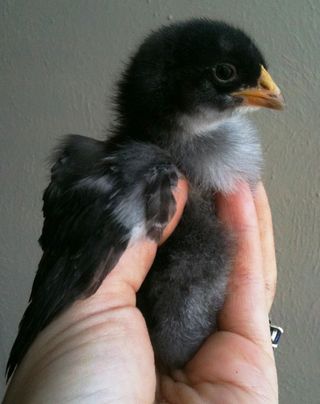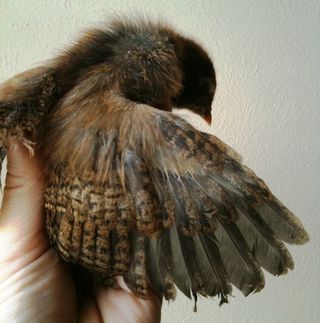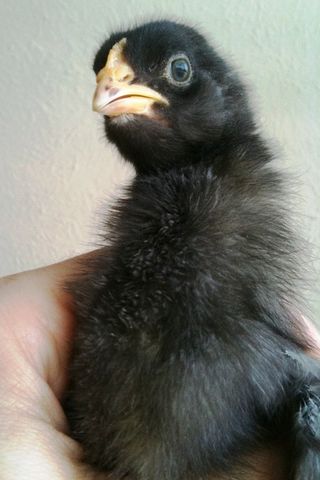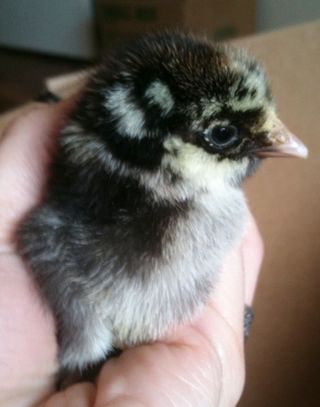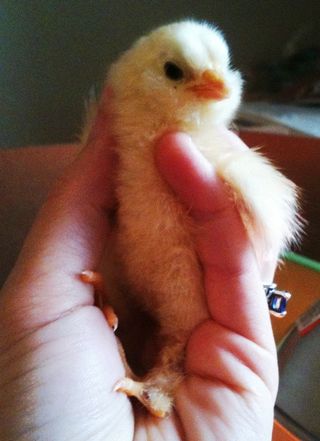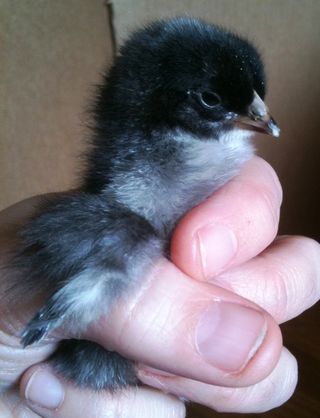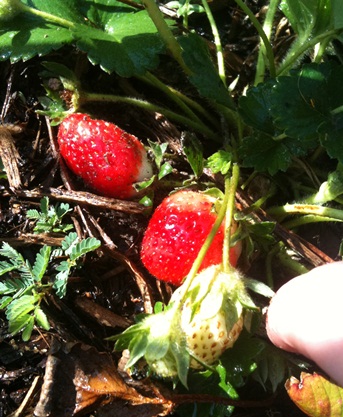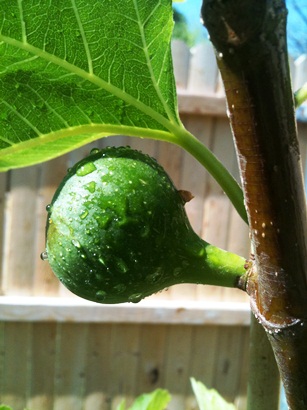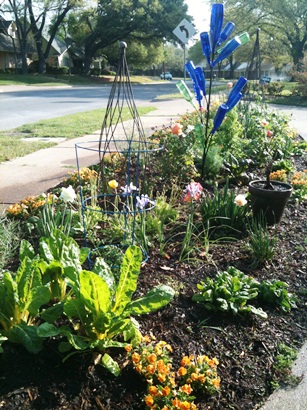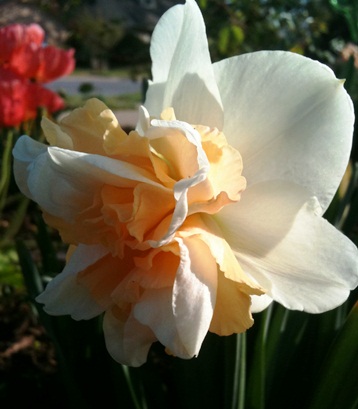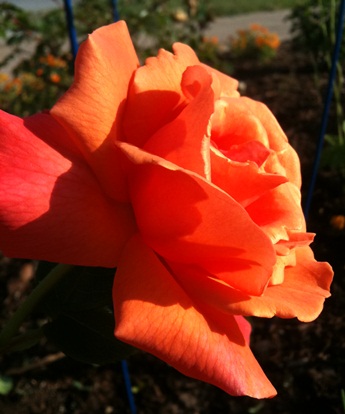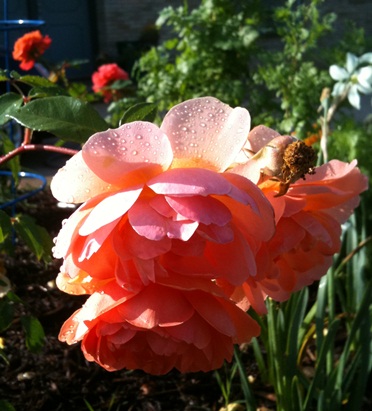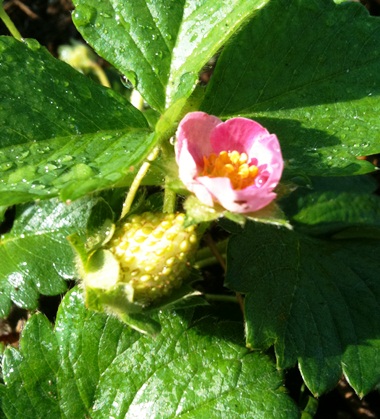Meet the chicks…finally named them…
May 8, 2011
So this chicken naming thing can really consume a lot of one's mental energy. As I so often do with pets that I have to name, I picked a theme for these gals. I figured why not go with some rock n' roll chicks I like? Sooo...Please meet:
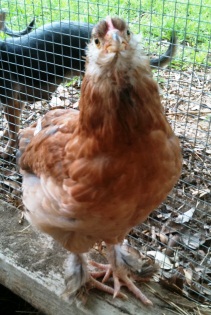
Stevie Nicks (because she has pretty hair, and she's a softy)
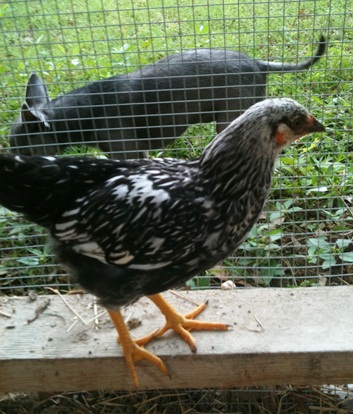
Kim Deal (because her colors totally ROCK and she's a bit of a heavy drinker)

Joan Jett (Cuz she's the leader of the pack and well, she wears all black)
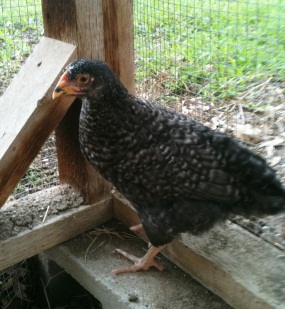
PJ Harvey (She wears all black too, but she's HELLA CRAZY. Seriously. Fitting for the Cuckoo Maran, eh?) 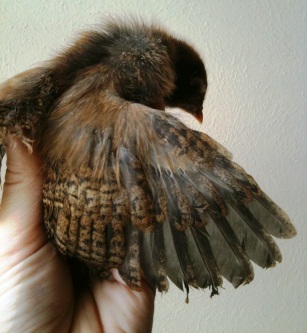
And and older photo of Rickie Lee Jones. She was too off doin' her own thang for me to get a good photo of her today.
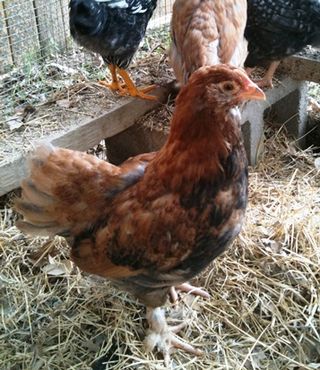
This one here? Well folks, I'm afraid this one is a boy (black chest feathers on faverolles). So for now, we shall just call him Francois. Francois the Faverolle.

